When checking the authenticity of a gold coin, one of the most commonly used methods is the sound test: a genuine coin should produce a clear, high-pitched sound when gently struck. However, in some cases, even genuine coins may produce a muffled , low-pitched sound, arousing suspicion.
This article will explore the scientific reasons behind this phenomenon that may raise some suspicion in many, intent on verifying coins with this method.
Contents
#1. Influence of material on sound
Gold coins are usually made of alloys that include copper or silver to improve their strength. The exact composition of the alloy directly affects the density of the material and the speed at which sound waves travel within it. Pure gold has a deeper, more distinct sound than alloys containing a high percentage of other metals.
Another key factor is the hardness of the metal: gold is a relatively soft metal, while copper and silver make it harder. This can alter the pitch of the sound a coin makes . Coins with a higher percentage of copper will tend to have a higher pitch and more resonant sound than those with more pure gold.
Even the ambient temperature can influence the propagation of sound in coins. At very low temperatures, metals tend to become more rigid, favoring a higher resonance. On the contrary, at higher temperatures, the sound can be slightly attenuated. Even the superficial oxidation of the metal can modify the sound over time, especially if the coin has been exposed to corrosive agents.
Another determining factor is the presence of impurities in the alloy . Even minimal quantities of foreign metals can modify the internal structure of the material and alter the propagation of the sound wave. This explains why coins with similar percentages of gold and copper can still sound different , depending on their origin and the refining method.
#2. Internal fractures and imperfections
Internal fractures , invisible to the naked eye, can significantly alter the acoustic behavior of a coin. When a metal has micro-cracks or defects in its internal structure, the sound wave does not propagate uniformly. These imperfections act as barriers that disperse part of the vibrational energy , reducing resonance and producing a duller sound.
Scientific studies on the propagation of elastic waves in metals demonstrate that the presence of microscopic cracks changes the fundamental frequency of the material. Experiments conducted on metal samples have confirmed that materials with high structural integrity transmit sound waves with lower dispersion , while those with internal fractures show a lowering of the resonance frequency.
Older coins, subject to wear, can develop microfractures over time due to oxidation or mechanical stress . This may explain why some genuine coins, especially those that have been in circulation for decades, sound more muffled than newly minted coins. The pressure applied during minting also affects the formation of these microfractures , and certain production techniques can make them more or less noticeable.
Furthermore, fractures can result from accidental events such as falls or violent impacts. A coin with small internal cracks may maintain an intact external appearance but have a compromised structure, which manifests itself through an alteration in the acoustic response when struck.
#3. Influence of coin shape
In addition to the composition and presence of internal defects, the thickness and geometry of the coin also affect its resonance. Thinner coins generally have a higher resonant frequency than thicker ones, as the reduced mass allows them to vibrate more rapidly.
The shape of the coin itself is another determining factor: perfectly circular coins tend to have a more uniform sound propagation than those with irregular edges or deep grooves. This is because sound waves travel more easily on a smooth and symmetrical surface.
Some experiments have shown that coins with deeper dies or with more marked details on the surface can show a slight attenuation of the sound. This happens because the engravings on the metal create areas of different stiffness , affecting the transmission of the sound wave along the coin. The presence of letters or decorations in relief can also slightly affect the propagation of the sound waves.
Another relevant aspect is the possible wear of the coin : if over time it has suffered scratches, dents or erosion, the sound produced could be altered, reducing the sharpness of the original resonance.
#4. Effects of the minting process
The minting process, which involves pressing metal to imprint the coin’s details, can also impact its resonance. If the pressure applied is not uniform or if the metal is not melted evenly , areas of different densities can be generated, altering the propagation of sound waves.
Some coins produced with less precise minting techniques may have small internal voids or inhomogeneities in the alloy. These imperfections change the distribution of vibrations and, consequently, the sound the coin makes when struck.
Finally, wear on the minting die can affect the quality of the coin produced. If the dies used to impress the design on the coin are worn , the pressure may not be distributed evenly, causing variations in the internal structure of the metal that affect its resonance. Some production methods can also create micro-stresses in the metal , which in the long term can alter its sound.
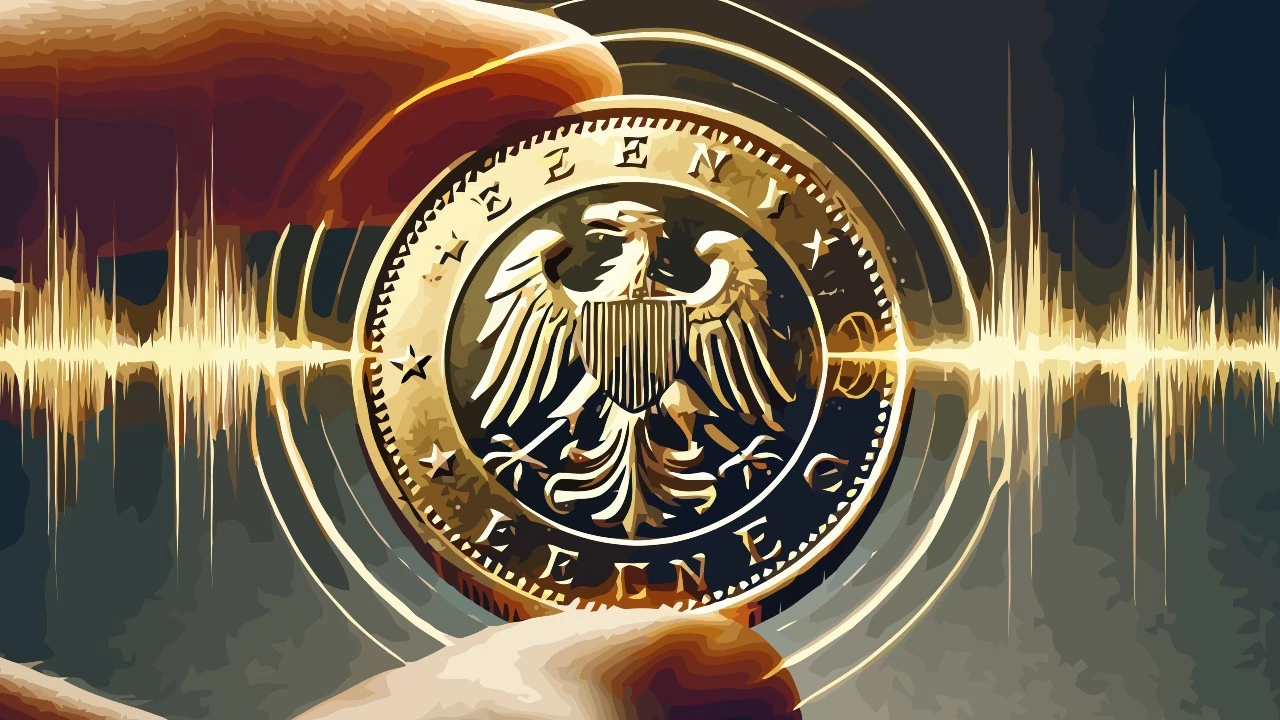


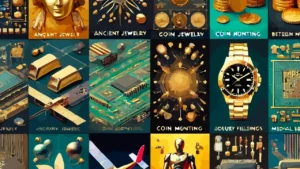
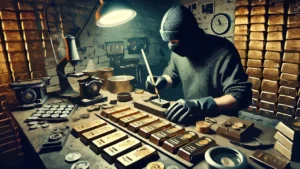
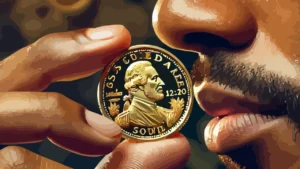
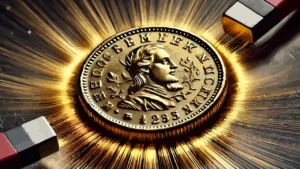



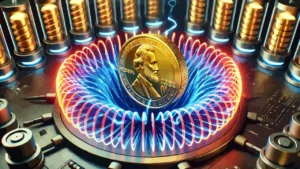
Leave a Reply